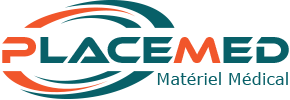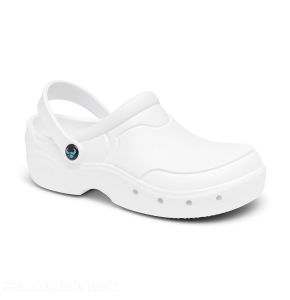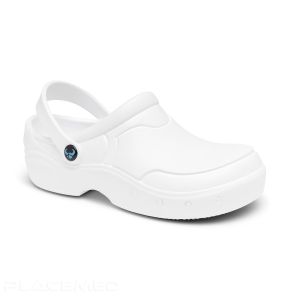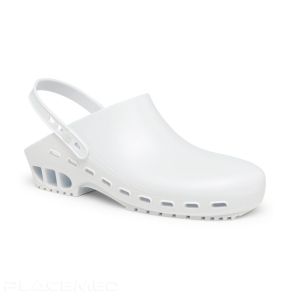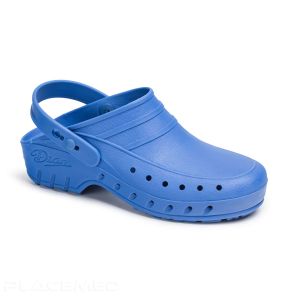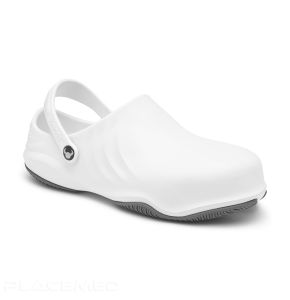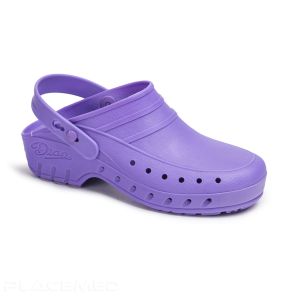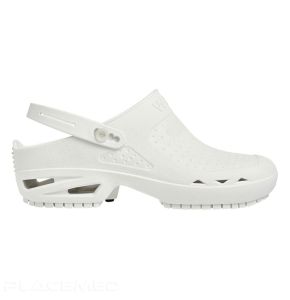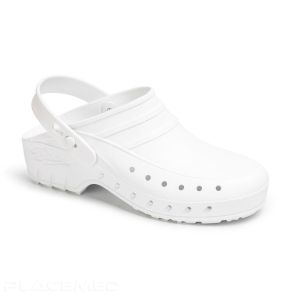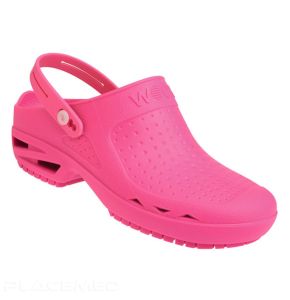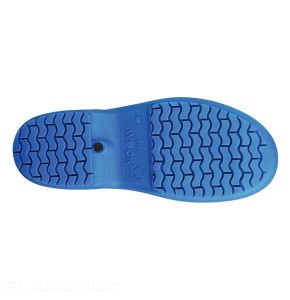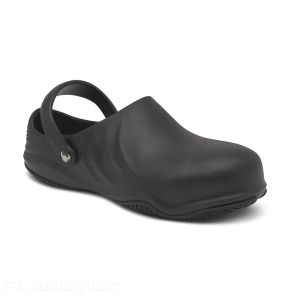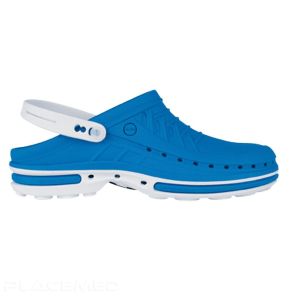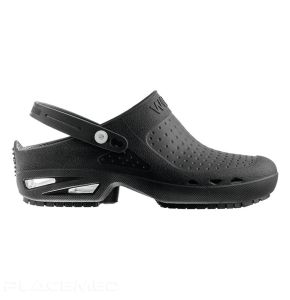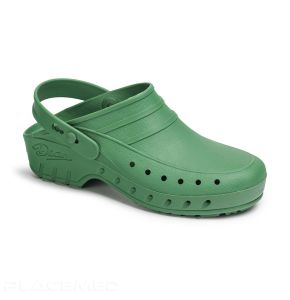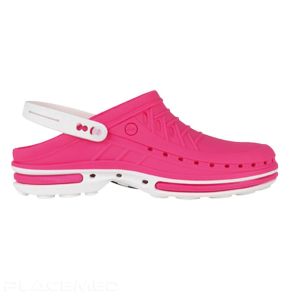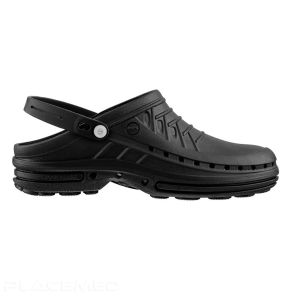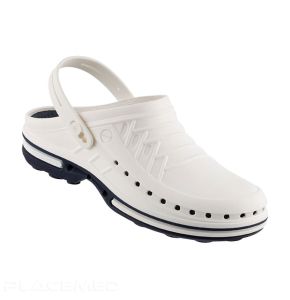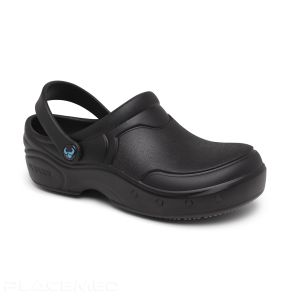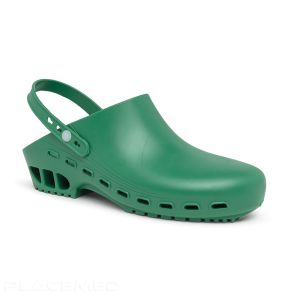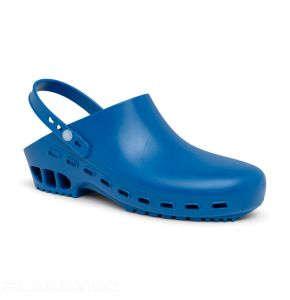Operating Room Clogs
Placemed
Placemed
Placemed
Placemed
Placemed
Placemed
Placemed
Placemed
Placemed
Placemed
Placemed
Placemed
Placemed
Placemed
Placemed
Placemed
Placemed
Placemed
Placemed
Placemed
Placemed
Operating Room Clog: Safety and Asepsis as the Only Watchwords
In an environment as controlled and demanding as the operating room, the choice of a bloc clog is never trivial. It is not just a simple shoe, but a piece of protective equipment that must imperatively meet the requirements of the strictest standards. This page is the reference for all medical sector personnel seeking compliant, secure equipment designed for long procedures.
Sterilization Guaranteed: Why Autoclavable is Non-Negotiable
A classic cleaning, even a thorough one, is not enough to eliminate all pathogens present in a surgical environment. That's why the autoclavable bloc clog is the only viable option. This sterilization process using saturated steam at 134°C is the only validated method to guarantee total asepsis, destroying 100% of bacteria, viruses, and spores. Wearing sterile clogs is an indispensable barrier against nosocomial infections, protecting both the patient's health and that of the health professionals.
Controlling the Environment: Antistatic (ESD) and Grip (SRC)
A clog for the operating room must allow you to perfectly control your work environment. Two standards are crucial to achieve this:
Antistatic Protection (ESD)
Operating rooms are filled with extremely sensitive electronic monitoring and intervention equipment. An electrostatic discharge (ESD) can disrupt, or even damage, this vital equipment. Our antistatic clogs compliant with the ESD standard dissipate static electricity from your body in a controlled manner, ensuring the safety and reliability of all devices.
Non-Slip Safety (SRC)
The floor of an operating room can quickly become wet or soiled, drastically increasing the risk of falling. The SRC standard is the highest level of non-slip certification. All our bloc clogs are designed to offer optimal comfort and maximum safety thanks to their certified non-slip sole, ensuring you have perfect stability in any situation.
Integral Design: Comfort and Protection for Long Procedures
Spending long hours standing in a static position requires impeccable ergonomics. Our wide choice of clogs is designed for the well-being of the surgeon and their team:
- Integral Protection: The fully closed top protects the foot from falling sharp instruments or potentially contaminating liquids.
- Ergonomic Support: The anatomical shape of the sole supports the arch and distributes pressure, reducing postural fatigue and pain.
- Maximum Lightness: Made from advanced polymers, our clogs are incredibly lightweight, which reduces muscle strain and the feeling of heavy legs.
- Welcoming Comfort: The insole offers a pleasant contact and cushioning that contribute to overall well-being during the longest procedures.
 Francais
Francais 